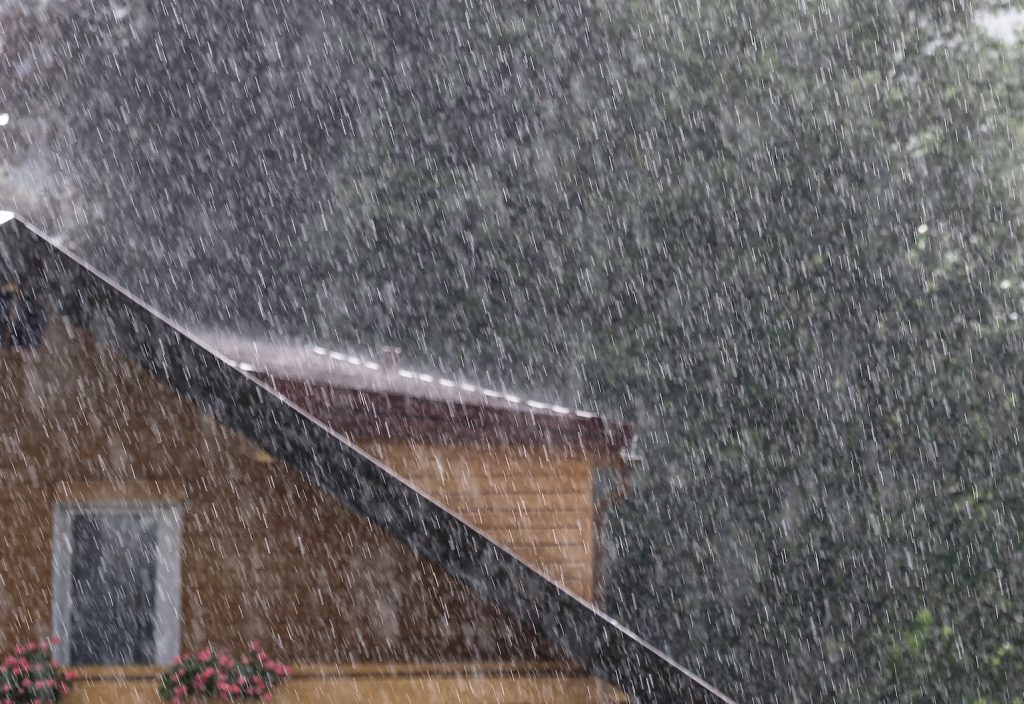As Australia’s climate continues to change, a critical update to rainfall and runoff guidelines will allow engineers, designers and decision-makers to achieve a more flood-resilient future.
The updated Australian Rainfall and Runoff (ARR) Guidelines, soon to be published by Geoscience Australia, offers design guidance to better consider the impacts of climate change in flood estimation and management.
The result of a partnership between Engineers Australia and the Department of Climate Change, Energy, the Environment and Water (DCCEEW), the two-year project incorporated the latest climate change science and used extensive stakeholder engagement comprising engineers, peak industry bodies, governments and other subject matter experts.
The resulting update will ensure the guidance meets future design needs and that infrastructure is appropriately designed to mitigate the increasing flood risk.

Simon Koger, Climate Change Manager at Engineers Australia and co-chair of the project control group, described the ARR guidelines as a foundational tool for engineers.
“They’re the hydrologists’ bible,” he told create. “And while the guidelines are not mandatory, they are a highly respected advisory tool.”
The ARR was launched by Engineers Australia in 1958 and has become one of the most widely used references to help engineers and the construction industry manage flood risk for the built environment. The climate change chapter was introduced in 2015; the most recent update to the chapter in 2019 was based on the same data.
As Koger explains, significant new research has been undertaken, establishing a new understanding for estimating the growing flood risk generated by climate change. Rainfall intensities are increasing as the atmosphere warms, and storms across Australia are becoming more frequent and severe.

Modelling and real-life examples
Design floods is by its very nature an inexact science. Traditional methods have assumed flood estimations are static and that historical observations used to derive flood magnitudes are representative of current and potential future conditions.
“Historically, estimating design floods looked at local considerations such as rainfall, weather patterns and other sorts of environmental sensitivity analysis,” Koger said. “Factor those in and then you could work out your flood management.
“But an increase in global warming levels provides a real need to update the guidelines with the requirement to be able to adjust design flood estimates to account for increasing climate change.”
Prior to this update, the existing chapter recommended the application of a uniform climate change adjustment factor per degree of global warming. What’s changed in the new revision is what those adjustment factors look like.
The research underpinning the revision includes a comprehensive, internationally peer-reviewed publication which conducted a systematic review of climate change science relevant to Australian design flood estimation. This included consideration of rainfall intensity, sea level factors, temporal and spatial patterns, probable maximum precipitation and antecedent wetness.
The chapter also includes examples for real-life applications to demonstrate the use of the new guidance to possible future climate scenarios. The new climate change adjustment factors now reflect a range of future climate scenarios, enabling designers to account for various climate eventualities.
“Fundamentally, the new guidelines provide a design flood upscale factor based on specific future climate projections,” Koger said. “Whatever climate scenario you’re designing for, those projections influence the design flood estimation.”
The equation provides real numbers, which is rare.
“At the moment we don’t have a lot of design standards for climate change – rather, it’s all based on individual estimates. What this does is provide guidance numbers for a range of possible climate scenarios.”
Room to improve
Funded under the National Emergency Management Agency’s disaster risk reduction package, the revised chapter does not assess risk or give advice on how to estimate a risk.
“It simply provides upscale factors to varying degrees of global warming,” Koger said.
Engineers Australia is currently pursuing a separate project that hopes to allow design practitioners to better understand and consider climate risk.
“How we estimate our risk is now the biggest question, and that is something that we’re looking at; the guideline we’re drafting will look at climate risk for engineers,” Koger said. “Having that level of analysis and interpretation is outside the scope of the ARR itself, but it’s inherently linked.”
The next step, according to Koger, is to describe how to apply the updated guidance in the context of existing relevant regulations and guidance. To this end, the DCCEEW is partnering with Engineers Australia to run workshops for state and territory regulators, local government, industry and other relevant decision-makers before the end of 2024.
Explore more innovative ways of reducing carbon emissions at Engineers Australia’s Climate Smart Engineering 2024 conference on 22 August 2024 in Brisbane.
